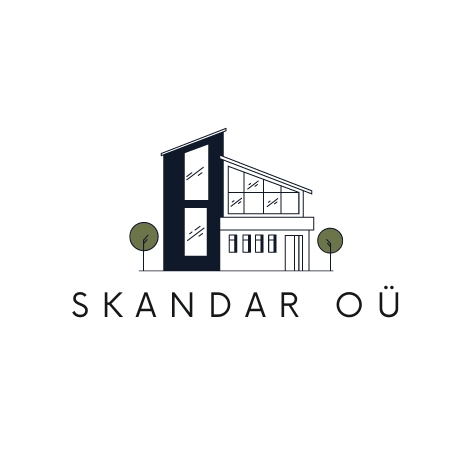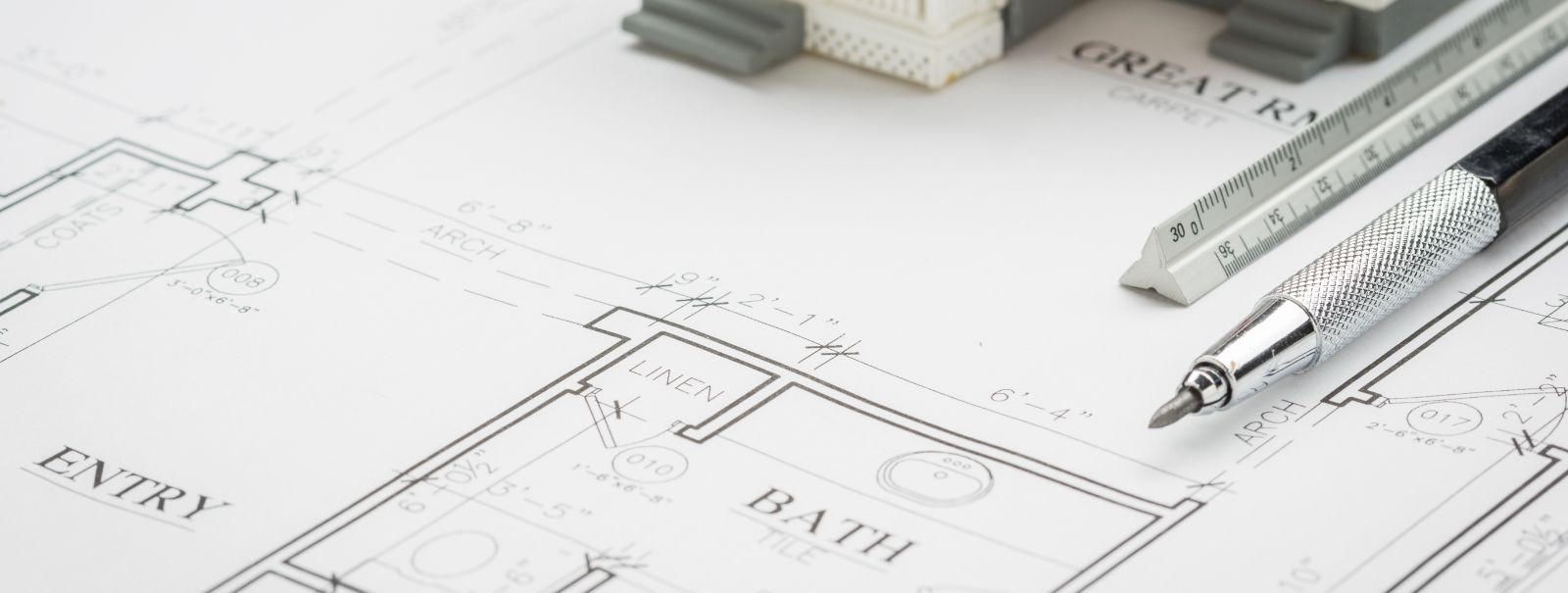5 trends shaping the future of real estate in estonia
The real estate landscape in Estonia is undergoing a significant transformation, driven by technological advancements, sustainability concerns, and evolving market dynamics. As a leader in the industry, SKANDAR OÜ is at the forefront of these changes, helping clients navigate the future of real estate with confidence. Here are five key trends shaping the sector.
1. Digital Transformation and PropTech Adoption
Smart home technology is revolutionizing the way we live and interact with our living spaces. In Estonia, the integration of IoT devices for home automation, energy management, and security is becoming increasingly prevalent, offering convenience and efficiency to homeowners and attracting tech-savvy buyers.
Blockchain technology is poised to disrupt real estate transactions in Estonia by enhancing transparency, reducing fraud, and streamlining processes. This trend is likely to gain momentum as stakeholders recognize the benefits of secure and efficient transaction systems.
Big data and analytics are providing real estate professionals in Estonia with powerful tools to make informed decisions. By analyzing market trends, consumer behavior, and property valuations, stakeholders can optimize investment strategies and improve property management.
2. Sustainable Development and Green Building Practices
With a growing emphasis on sustainability, Estonian real estate is seeing a surge in energy-efficient designs and the integration of renewable energy sources. These practices not only reduce environmental impact but also offer long-term cost savings for property owners.
The use of eco-friendly materials and construction methods is becoming a standard in Estonia's real estate developments. This shift is driven by consumer demand for healthier living environments and the industry's commitment to reducing its carbon footprint.
Certification systems like LEED and BREEAM are gaining traction in Estonia, providing a benchmark for green buildings. Incentives and regulations are also in place to encourage developers to adopt sustainable practices.
3. Shift Towards Flexible Workspaces
The rise of co-working spaces and hybrid work models is reshaping the commercial real estate sector in Estonia. These flexible workspaces cater to the needs of a dynamic workforce and are becoming an integral part of the urban landscape.
Adaptive reuse of existing buildings for new purposes is a trend gaining popularity in Estonia. This approach not only preserves historical architecture but also meets the market's demand for innovative and versatile spaces.
The demand for commercial real estate is being influenced by the shift towards flexible workspaces. Traditional office spaces are being reimagined to accommodate the changing needs of businesses and employees.
4. Urbanization and Smart City Initiatives
Urbanization in Estonia is driving the development of infrastructure and connectivity. Smart city initiatives are enhancing the efficiency of urban services and the quality of life for residents.
Public-private partnerships are playing a crucial role in the execution of urban development projects in Estonia. These collaborations are facilitating the creation of innovative solutions for complex urban challenges.
Technology is being leveraged to enhance the quality of life in Estonian cities. From intelligent transportation systems to e-governance, smart city solutions are making urban living more sustainable and convenient.
5. Investment and Market Dynamics
Foreign investment is a significant driver of the Estonian real estate market. The country's stable economy and favorable investment climate are attracting international investors looking for promising opportunities.
The residential market in Estonia is experiencing growth, with a focus on affordability and quality. Developers are responding to the needs of a diverse range of buyers, ensuring that housing remains accessible to all segments of the population.
Government policies and economic factors are influencing the real estate market in Estonia. Regulations, tax incentives, and economic stability are key considerations for investors and developers planning their real estate strategies.






Comments (0)